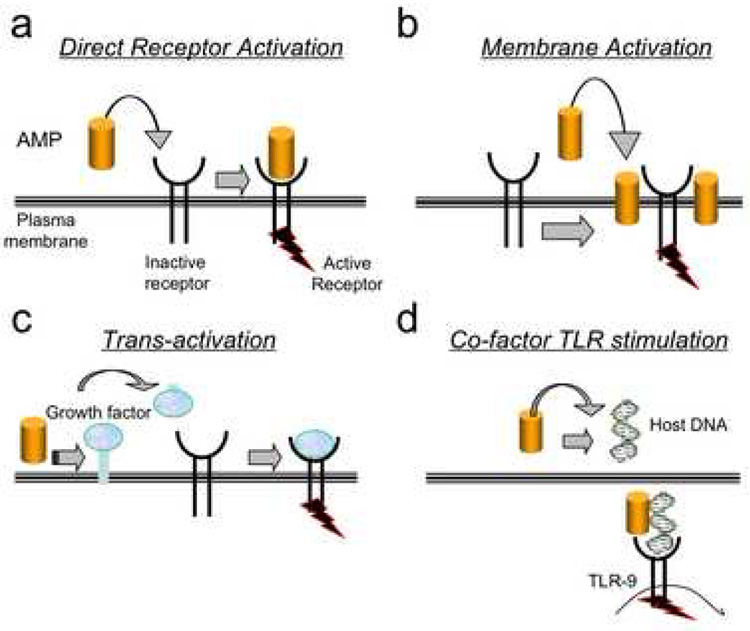Figure 1. Molecular models for cell activation by antimicrobial peptides.
a. Direct receptor activation model predicts the host defense peptide interacts with the receptor and induces a change in conformation and subsequent downstream signaling. B. The trans-activation response reflects an indirect activation of the signaling receptor. This can occur by release of a membrane bound growth factor that subsequently binds to its specific receptor and activates it. C. Antimicrobial peptides integrate within plasma membranes. In this model the presence of the peptide in the membrane surrounding the receptor leads to a change in activity of this receptor. This can be an activation or inactivation event. D. Antimicrobial peptides can bind DNA. This model suggests the association of the antimicrobial peptide LL-37 with host DNA results in a complex that can activate TLR-9 to stimulate interferon release. All models may co-exist and reflect specific cell type responses. Cell activation by antimicrobial peptides normally leads to increased protection against infection and wound repair. However, in situations of abnormal expression these events can lead to inflammatory disease.

